1. Cockroaches
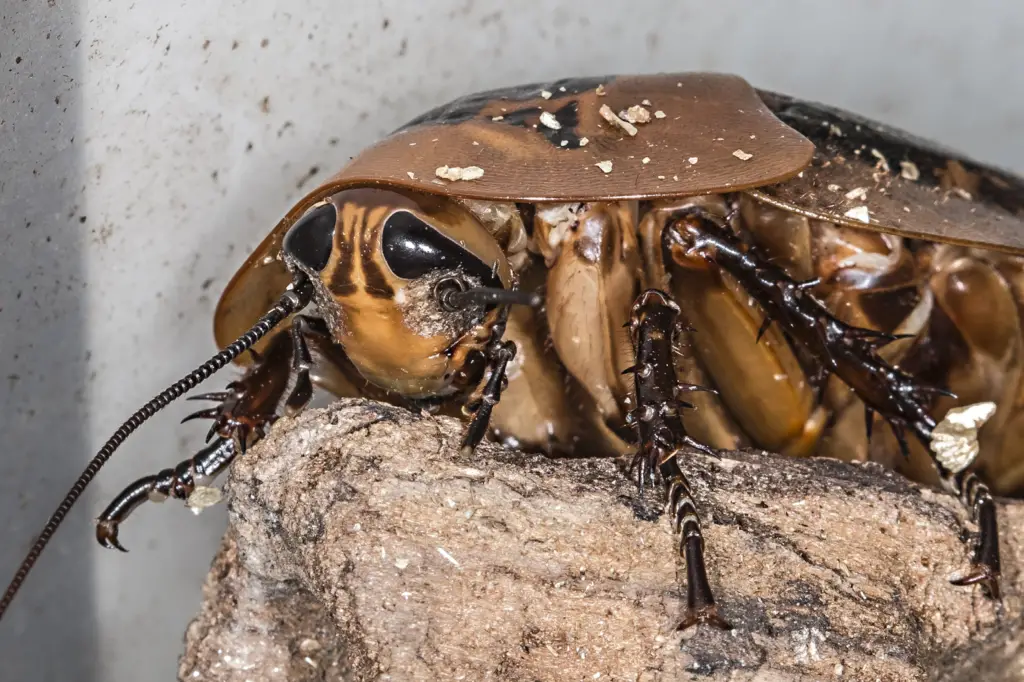
Cockroaches are infamous for their ability to survive nearly anything, and their reputation as apocalypse-proof creatures is well-deserved. According to The University of Melbourne, these hardy insects can endure radiation levels up to 15 times higher than what humans can withstand, thanks to their slower cell division process. Cockroaches can also survive for weeks without food and water, and even live for a week without their heads, as they breathe through small holes in their bodies called spiracles. They are incredibly adaptable, thriving in extreme environments and quickly adjusting to new ones.
Cockroaches have existed for over 300 million years, surviving mass extinctions and drastic changes to the planet. Their diet is another factor in their survival; they can eat almost anything, from decaying matter to glue and paper. These pests also reproduce rapidly, ensuring their population endures even in challenging conditions. With their simple yet resilient physiology, cockroaches are well-equipped to weather any catastrophe, including nuclear fallout or climate disasters. Despite their small size, their survival strategies are a testament to nature’s ingenuity.
2. Tardigrades
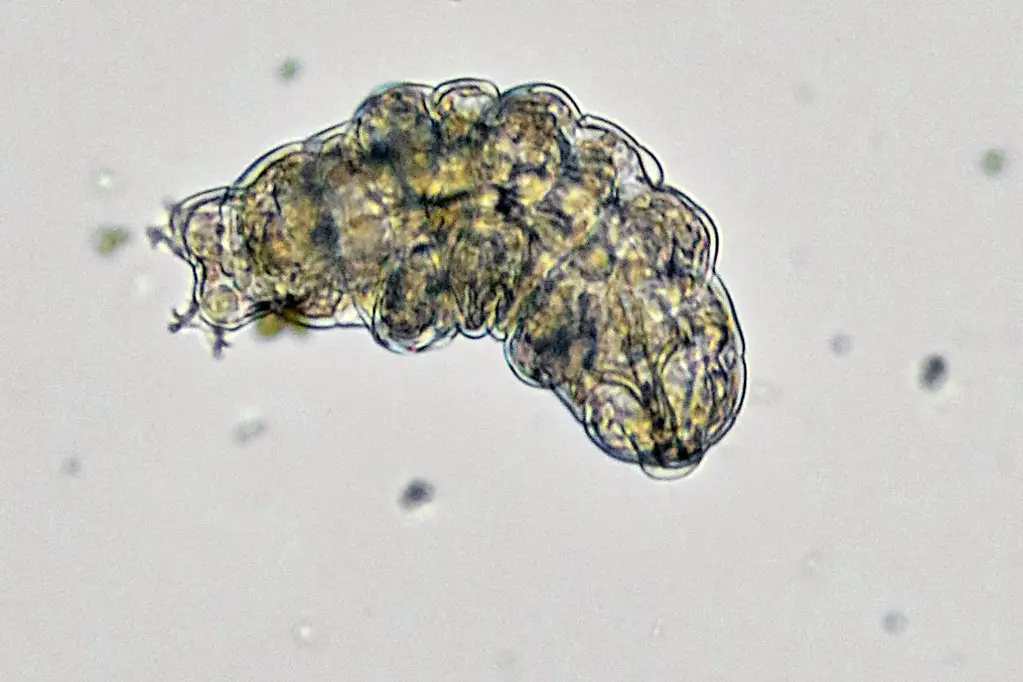
Tardigrades, often called “water bears,” are microscopic creatures that have earned a reputation as some of the toughest beings on the planet. These tiny organisms can survive conditions that would obliterate most forms of life, including extreme heat, freezing temperatures, and even the vacuum of space. Their secret lies in a process called cryptobiosis, where their metabolism slows to nearly zero, effectively putting them in a state of suspended animation. This allows them to withstand dehydration, radiation, and pressures up to six times greater than those found in the deepest ocean trenches.
According to ScienceAlert, tardigrades can live for decades without water, reanimating when rehydrated. They have even survived space experiments, showing resilience to cosmic radiation. Their durable protein structure protects their DNA from damage, making them nearly indestructible. Tardigrades are found all over the world, from mountain tops to deep oceans. Their ability to adapt to almost any environment makes them the ultimate survivors. If an apocalypse were to wipe out life as we know it, these microscopic marvels would undoubtedly persist.
3. Rats

Rats are some of the most adaptable mammals on Earth, and their survival skills make them prime candidates for outlasting an apocalypse. These rodents can thrive in urban environments, forests, and even sewers, showcasing their ability to live almost anywhere. Their omnivorous diet allows them to eat a wide variety of foods, from grains and meat to garbage and organic waste. Rats are prolific breeders, with a single pair capable of producing hundreds of offspring in a year, ensuring their species’ continuity even in adverse conditions.
They are also highly intelligent and can learn to avoid traps or navigate complex environments. According to a study published in the National Library of Medicine, rats have strong immune systems, making them resistant to many diseases. Additionally, they can adapt to environmental changes quickly, such as finding shelter and food in new locations. Their social structure and communication skills enable them to work together to survive. Even in a post-apocalyptic world with scarce resources, rats’ resourcefulness and resilience would likely secure their place among the living.
4. Scorpions
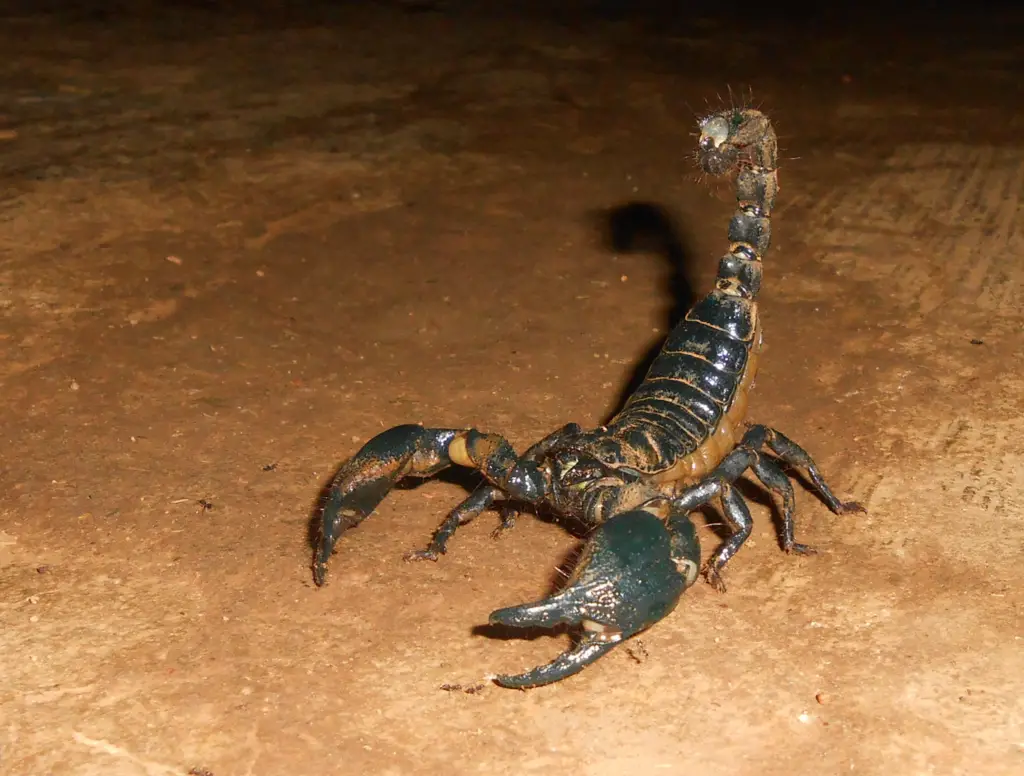
Scorpions are ancient creatures that have roamed the Earth for over 400 million years, surviving mass extinctions and drastic environmental changes. Their incredible adaptability is a key factor in their resilience. Scorpions can survive in some of the harshest environments on the planet, from scorching deserts to freezing mountain ranges. They can enter a state of dormancy during extreme conditions, conserving energy and waiting for better times. Scorpions are also incredibly resourceful hunters, using their venomous stingers to capture prey even in resource-scarce environments.
According to the San Diego Zoo, they can go for months without food and can survive on minimal water. Scorpions are nocturnal, which helps them avoid predators and harsh daytime conditions. Their exoskeletons provide protection from dehydration and injury. With their long evolutionary history and proven ability to adapt to almost any situation, scorpions are well-equipped to endure an apocalyptic scenario. Their survival instincts and hardy physiology ensure they remain a dominant force in the animal kingdom.
5. Deinococcus Radiodurans
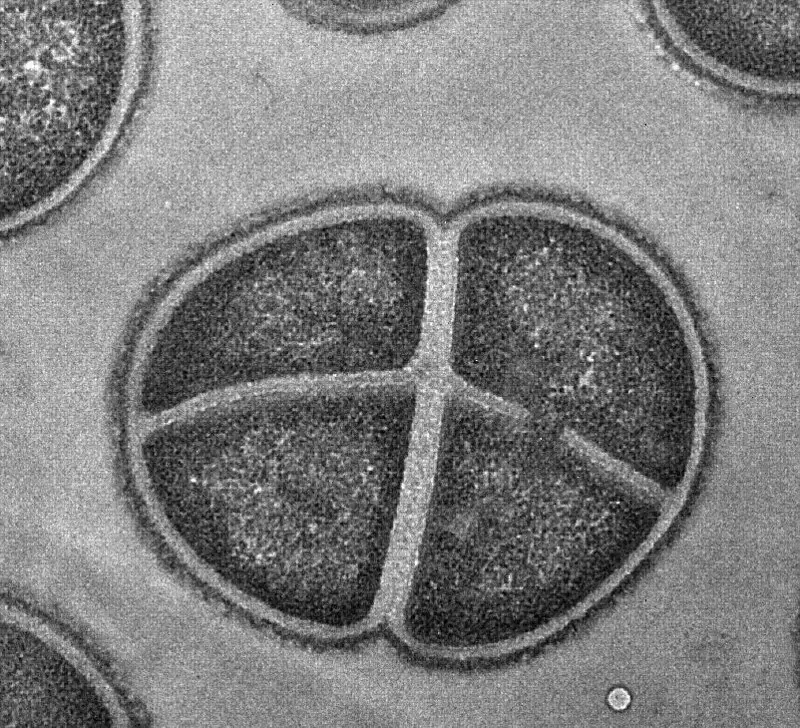
Deinococcus radiodurans, often referred to as “Conan the Bacterium,” is one of the most radiation-resistant organisms known to science. According to a study published in the Journal of Radiology and Oncology, this microorganism can withstand doses of radiation 1,000 times greater than what would be lethal for humans. Its secret lies in its unique DNA repair mechanism, which allows it to reconstruct its genome even after severe damage. Deinococcus radiodurans can also survive extreme dehydration, cold, and heat, making it one of the most resilient life forms on Earth. It thrives in environments such as nuclear waste sites, where most other life forms would perish.
The bacterium’s cellular structure is designed to protect against oxidative damage, a common byproduct of radiation exposure. Scientists have studied this microorganism extensively to understand its potential applications in biotechnology and medicine. In a post-apocalyptic world filled with radiation and environmental challenges, Deinococcus radiodurans would likely thrive where few others could. Its ability to repair and adapt at the molecular level makes it a fascinating example of survival.
6. Ants
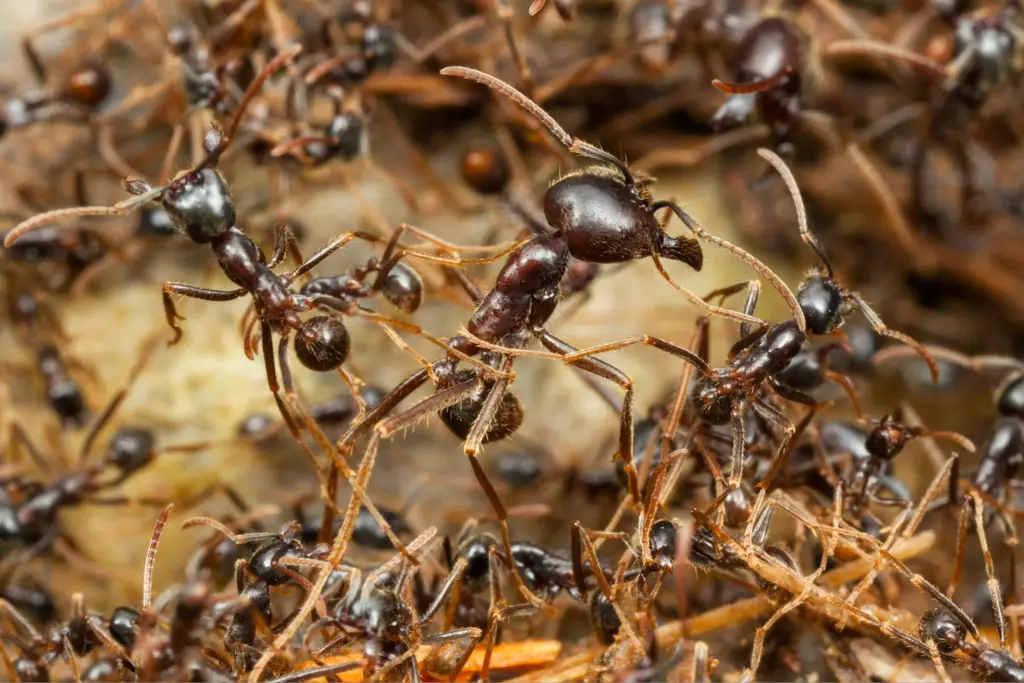
Ants are among the most organized and resourceful creatures on the planet, making them ideal candidates for surviving apocalyptic conditions. Their highly social structure allows them to work together efficiently, ensuring the survival of their colonies even in challenging environments. Ants can adapt to various habitats, from rainforests to deserts, by building complex underground nests that protect them from extreme weather and predators. They communicate using pheromones, which helps them coordinate tasks like foraging, defense, and relocation.
Ants are also capable of incredible feats of strength, carrying objects many times their own weight. Their diet is highly adaptable, as they can consume plant material, other insects, and even human food scraps. In times of scarcity, some ant species practice farming by cultivating fungi or “herding” aphids for their sugary secretions. Their resilience, teamwork, and ability to adapt make ants a force to be reckoned with, even in the face of apocalyptic challenges.
7. Crocodiles
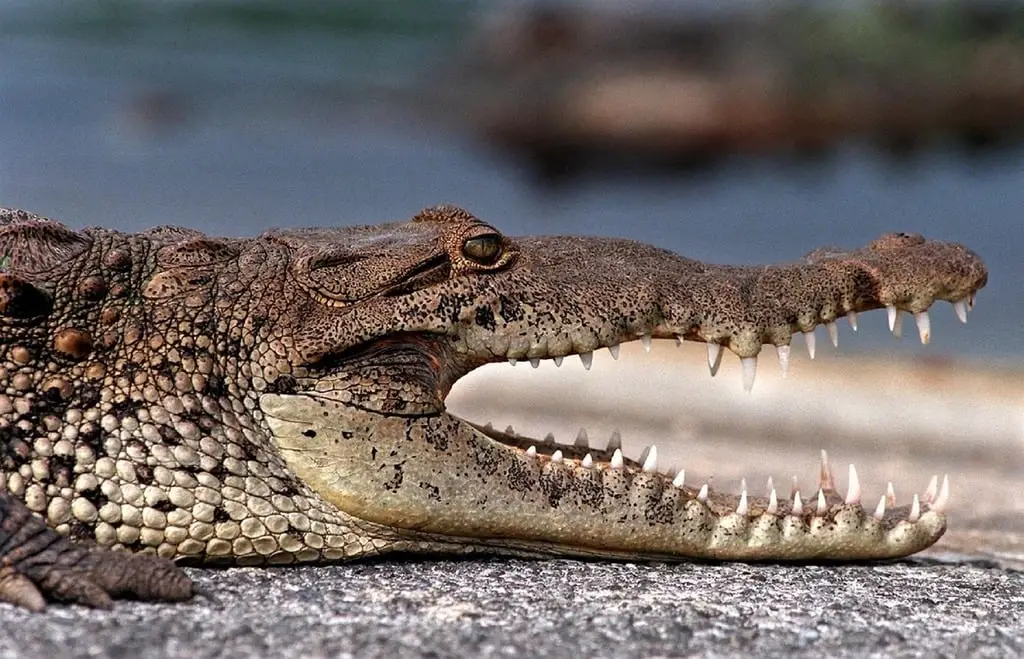
Crocodiles have been around for over 200 million years, surviving mass extinctions that wiped out many other species. Their longevity is due to their exceptional adaptability and efficient metabolism. Crocodiles can go for months without food by slowing their metabolic rate, conserving energy until a meal becomes available. They are apex predators, capable of taking down large prey with their powerful jaws and stealthy hunting techniques.
Crocodiles are also highly adaptable to different environments, living in freshwater rivers, saltwater coasts, and even brackish waters. Their tough, armored skin provides protection against predators and environmental hazards. Additionally, crocodiles are excellent swimmers, using their strong tails to navigate water with ease. Their ability to survive in both aquatic and terrestrial habitats gives them an edge in changing conditions. In an apocalyptic world, crocodiles’ adaptability and resilience would ensure their survival for generations to come.
8. Sponges
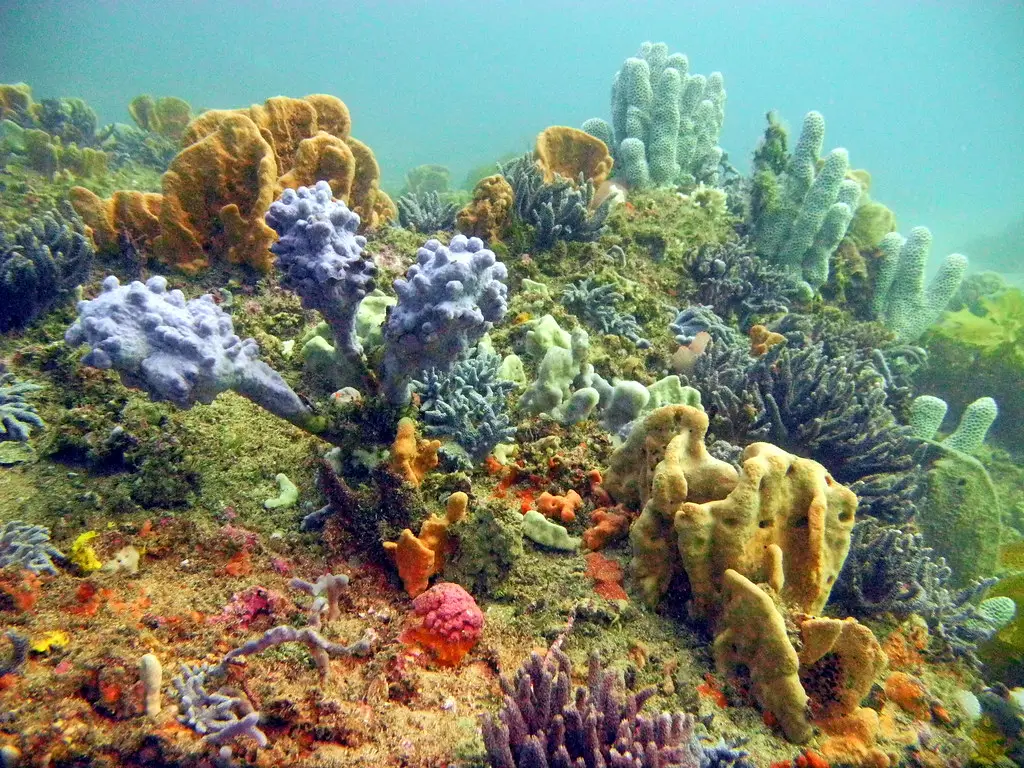
Sponges are some of the oldest living organisms on Earth, having existed for over 600 million years. These simple yet fascinating sea creatures are incredibly resilient and have survived numerous mass extinction events. Sponges can regenerate from a single cell, making them highly adaptable to environmental changes. They thrive in a wide range of habitats, from shallow coastal waters to deep-sea ecosystems. Sponges filter feed by drawing water through their porous bodies, extracting nutrients and expelling waste. This efficient feeding mechanism allows them to survive in nutrient-poor environments.
Their symbiotic relationships with microorganisms further enhance their resilience, providing them with additional nutrients and protection. Sponges’ ability to adapt to changing ocean conditions, including acidification and warming, makes them remarkable survivors. In an apocalyptic scenario, their regenerative capabilities and ancient lineage would likely see them endure while other species perish.


